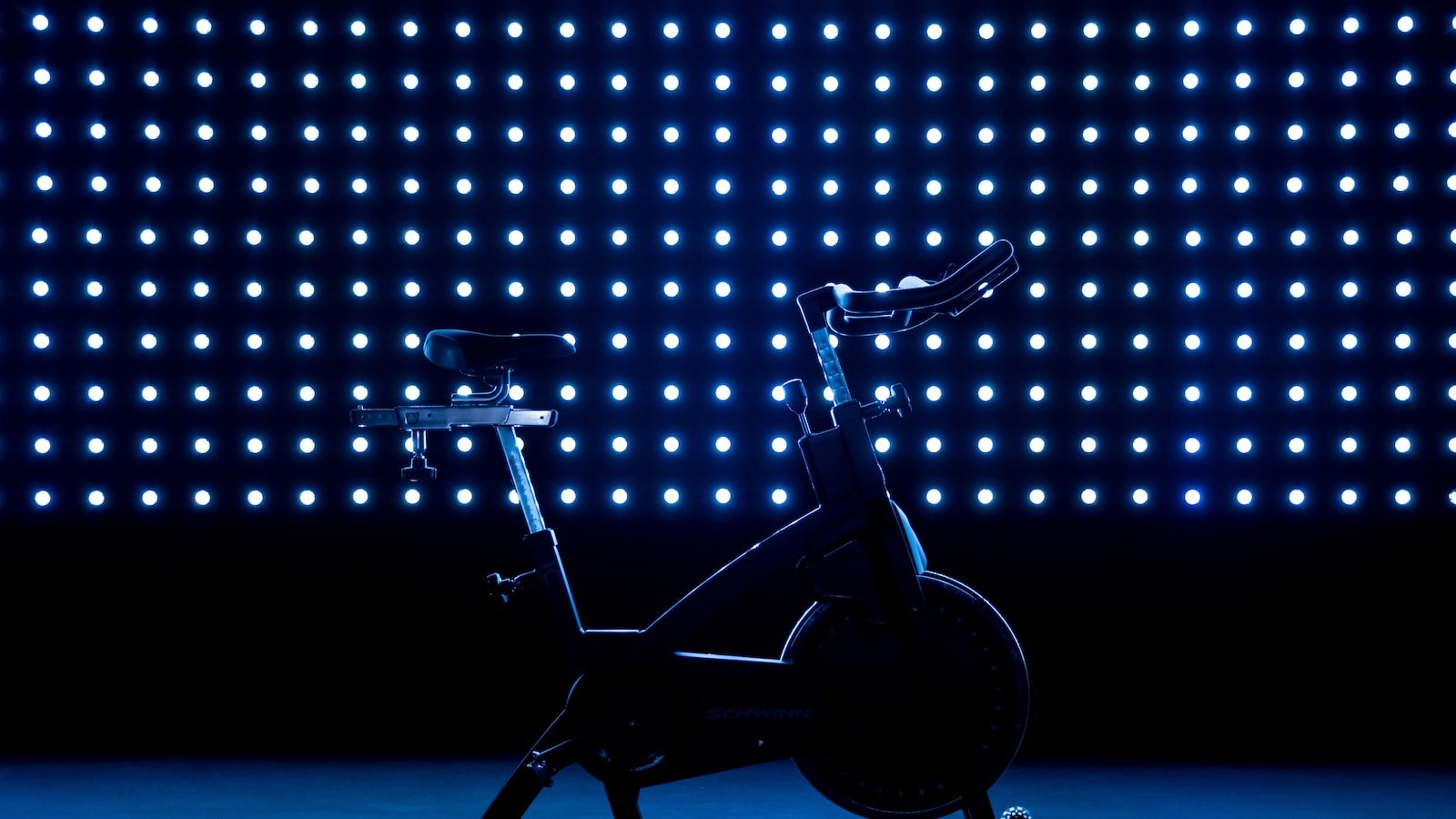With the sun rising over a dew-covered field, the crisp morning air fills with anticipation. The atmosphere is electric as handlers and their loyal companions gather, a shared determination etched onto their faces. Welcome to the exhilarating world of Belgian Ring, a sport tailored to those seeking the ultimate test of precision and obedience in dog training. It is a breathtaking spectacle that showcases the harmony between human and canine, where teamwork and discipline are revered above all else. Join us as we delve into the intricate art of training dogs for Belgian Ring, exploring the dedication, skill, and unwavering bond required to excel in this captivating sport.
Table of Contents
- Understanding the Basics of Belgian Ring Training
- Building Core Skills for Precision and Control
- Fine-Tuning Techniques for Optimal Performance
- Developing Trust and Communication with Your Belgian Ring Dog
- Mastering Complex Exercises for a Flawless Performance
- Q&A
- Key Takeaways

Understanding the Basics of Belgian Ring Training
Belgian Ring training is an exhilarating and demanding sport that tests a dog’s intelligence, agility, and strength. This unique discipline originated in Belgium and has gained popularity worldwide for its intense and practical approach. Immersing into the fundamentals of Belgian Ring training is crucial before embarking on this journey with your four-legged companion.
The cornerstone of Belgian Ring training lies in the intricate teamwork between the dog and the handler. Built on mutual trust and communication, the budding duo must master a set of exercises that focus on obedience, agility, and protection. These exercises include but are not limited to tracking, obedience routines, jumps, and bite work, all involving precise and swift execution.
To excel in Belgian Ring training, it is essential to focus on equipping your dog with the necessary skills and conditioning. A balanced training regimen should encompass a combination of physical workouts, mental stimulation, and obedience drills. Regular practice sessions, positive reinforcement, and gradual progressions play a vital role in shaping a successful Belgian Ring team.

Building Core Skills for Precision and Control
Enhancing your precision and control is crucial for achieving success in various areas of life. Whether you’re a professional athlete, a musician, or simply seeking personal growth, developing core skills is essential. These skills not only improve your performance but also boost your confidence and overall well-being.
To build precision and control, incorporating targeted exercises and practices into your routine is vital. Here are a few effective strategies to help you enhance your core skills:
- Embrace mindful practices: Engaging in mindfulness activities such as meditation, yoga, or tai chi can significantly improve your body awareness and mental focus. These practices help you develop a deeper connection with your body, allowing you to fine-tune your movements and enhance your precision.
- Focus on strength and stability: Building a strong core and overall body strength is fundamental to improving precision and control. Incorporate exercises like planks, squats, and balance poses into your fitness routine to strengthen your muscles and enhance stability.
- Practice deliberate practice: Regular, focused practice is essential for building precision and control. Break down complex skills into smaller components and work on them individually. By dedicating specific practice time to each element, you’ll gradually improve your overall performance.
- Seek professional guidance: Working with a coach or instructor who specializes in your area of interest can accelerate your growth. They can provide personalized guidance, correct your technique, and offer feedback, enabling you to refine your skills effectively.
By incorporating these strategies into your routine, you’ll develop the core skills necessary for precision and control. Remember, progress may take time, so stay patient and committed to your journey. With consistent practice and a positive mindset, you’ll undoubtedly witness significant improvement and unlock your full potential.

Fine-Tuning Techniques for Optimal Performance
When it comes to optimizing performance, fine-tuning techniques can make all the difference. These techniques are like the secret ingredients that add that extra spice to your applications, making them faster, more efficient, and ultimately more successful. In this section, we will explore some of the most effective fine-tuning techniques that can take your performance to a whole new level.
Tips for Fine-Tuning Performance:
- Code optimization: Start by carefully analyzing your code and identifying any bottlenecks or inefficiencies. By optimizing your code, you can eliminate redundant operations, reduce memory usage, and improve overall performance.
- Caching: Implementing caching mechanisms can greatly speed up your application. Whether it’s browser caching, database caching, or even using CDN caching, caching techniques can help reduce the load on your server and deliver content faster to your users.
- Database optimization: Databases are often a performance bottleneck. By optimizing your database queries, indexing tables, and reducing unnecessary calls, you can significantly improve the overall speed and efficiency of your application.
- Resource compression: Compressing your resources, such as CSS and JavaScript files, can significantly reduce the file size and improve load times. Gzip compression and minification techniques are widely used to achieve this.
By incorporating these fine-tuning techniques into your development process, you can unleash the true potential of your applications and provide your users with exceptional performance. Remember, a small tweak here and there can lead to dramatic improvements, so don’t ignore the power of fine-tuning.
Developing Trust and Communication with Your Belgian Ring Dog
Belgian Ring dogs are known for their intelligence, athleticism, and loyalty. Building a strong bond based on trust and effective communication is crucial for a successful partnership with your Belgian Ring dog. Here are some tips to foster that connection:
1. Consistency is key: Establish a consistent routine when interacting with your Belgian Ring dog. Dogs thrive on predictability, so providing them with a structured environment helps them feel secure and builds trust. This includes consistent feeding times, exercise routines, and training sessions.
2. Positive reinforcement: Utilize positive reinforcement techniques to reward desired behaviors. Belgian Ring dogs are highly motivated by praise, treats, and play, so make sure to use these as rewards when they exhibit good behavior. This not only builds trust but also encourages your dog to continue performing desired actions.
3. Clear communication: Dogs, including Belgian Ring dogs, rely on nonverbal cues and body language to understand and communicate. Pay attention to your dog’s body language and respond accordingly. Use clear and concise commands, paired with hand signals if necessary, to ensure your dog understands what you’re asking of them.
4. Bonding activities: Engage in activities that promote bonding and strengthen the trust between you and your Belgian Ring dog. Going for long walks, playing interactive games, and participating in obedience training classes together are great ways to build a deeper connection.
5. Time and patience: Building trust and effective communication takes time and patience. Remember that every dog is unique, so progress may vary. Be patient with your dog and celebrate small victories along the way. Consistently invest time and effort into your relationship, and you’ll see your Belgian Ring dog’s trust in you grow.
Remember, is a journey that requires time, consistency, and positive reinforcement. By following these tips, you can strengthen the bond between you and your furry companion, setting the foundation for a successful partnership in Belgian Ring training and beyond.
Mastering Complex Exercises for a Flawless Performance
In the realm of fitness, there comes a time when you’re ready to take your workouts to the next level. That’s where mastering complex exercises comes into play. These challenging movements push your body to its limits, helping you achieve a flawless performance while enhancing your overall strength and coordination.
When it comes to tackling complex exercises, it’s important to start with the basics. Begin by building a solid foundation of strength and stability through foundational exercises like squats and deadlifts. These compound movements engage multiple muscle groups and lay the groundwork for more advanced exercises.
Here are some tips to help you master complex exercises:
- Break it down: Complex exercises often involve intricate movements. Break them down into their individual components and practice them separately. Once you’ve perfected each component, gradually combine them to perform the exercise as a whole.
- Focus on technique: Proper form is essential when mastering complex exercises. Take the time to learn the correct technique and pay attention to your body’s alignment throughout the movement. Practice with lighter weights or resistance bands to ensure you have full control over your form.
- Challenge yourself progressively: Complex exercises can be overwhelming at first. Start with a modified version or with lighter weights and gradually increase the intensity as you become more comfortable and confident. Consistency and patience are key.
Remember, mastering complex exercises takes time and effort. Don’t rush the process, and always prioritize safety. With dedication and perseverance, you’ll conquer these challenging movements and reap the rewards of a flawless performance.
Q&A
Q: What is Belgian Ring?
A: Belgian Ring is a dog sport that originated in Belgium. It focuses on developing the skills and abilities of Belgian Shepherds, testing their obedience, agility, and protection work.
Q: What are the key principles of dog training for Belgian Ring?
A: Precision, consistency, and a strong bond between the dog and handler are essential in dog training for Belgian Ring. Attention to detail and clear communication are also crucial elements.
Q: What types of exercises are involved in Belgian Ring training?
A: Belgian Ring training includes various exercises such as obedience routines, jumps, and searching for hidden items. It also incorporates bite work exercises to assess the dog’s protection skills.
Q: How important is obedience in Belgian Ring?
A: Obedience is vital in Belgian Ring as it forms the foundation for all other exercises. A well-trained dog that responds promptly to commands enhances safety, efficiency, and overall performance in the sport.
Q: Can any dog participate in Belgian Ring training?
A: Belgian Ring is typically performed by Belgian Shepherds due to their exceptional intelligence, drive, and agility. While other breeds can participate, it is important to understand that the training requirements may vary.
Q: Is Belgian Ring training suitable for all dog owners?
A: Belgian Ring training requires a significant commitment of time, effort, and expertise. It is more suitable for experienced handlers or individuals who are dedicated to investing significant resources into their dog’s training.
Q: How long does it take to train a dog for Belgian Ring?
A: The duration of training varies depending on several factors, including the dog’s age, previous training, and individual progress. On average, it can take multiple months to several years to fully train a dog for Belgian Ring.
Q: Are there any safety concerns in Belgian Ring training?
A: Yes, safety is paramount in Belgian Ring training. Proper equipment, controlled environments, and careful supervision are necessary to ensure the well-being of the dogs and trainers involved.
Q: Are there different levels of competition in Belgian Ring?
A: Yes, Belgian Ring competitions are typically divided into different levels based on the complexity and difficulty of the exercises. Dogs progress through these levels as they gain experience and demonstrate proficiency.
Q: How can dog owners get started with Belgian Ring training?
A: Dog owners interested in Belgian Ring training should seek guidance from experienced trainers, join local clubs, and participate in workshops and seminars to gain knowledge and hands-on experience necessary for this sport.
Key Takeaways
As we bid farewell to this exhilarating journey delving into the artistry of dog training for Belgian Ring, one cannot help but marvel at the remarkable fusion of precision, agility, and unwavering loyalty. The meticulous nature of this sport transcends boundaries, stirring a passion within the hearts of both the trainers and their four-legged companions. Throughout this captivating exploration, we have witnessed the seamless harmony between human and canine, each synchronously melding into an indivisible force, propelled by an unwavering pursuit of excellence.
Within the mesmerizing realm of Belgian Ring, precision reigns supreme. From the meticulous positioning of each footstep to the flawless execution of commands, every action is crafted with an unwavering attention to detail. The bond forged between trainer and dog, rooted in trust and unspoken understanding, empowers these extraordinary duos to navigate the complex choreography of this captivating sport. It is through this finely-tuned precision that the spectacular athleticism of these dogs is harmoniously showcased, leaving spectators awestruck and captivated in their wake.
Yet, beyond the realm of precision lies an unwavering spirit of determination and resilience that defines the sport of Belgian Ring. For each stumble and setback encountered along this rigorous journey, both the trainer and their canine companion rise stronger, driven by an insatiable pursuit of perfection. This unyielding determination forms the bedrock upon which champions are crafted, igniting a fire within their souls that blazes brilliantly in the face of adversity.
As we draw this thought-provoking exploration to a close, we are left in awe of the remarkable dedication and craftsmanship that lies at the heart of dog training for Belgian Ring. From the precision of every command to the indomitable spirit of the competitors, this sport transcends mere athleticism, emerging as a symphony of trust, resilience, and unparalleled devotion. So, let us applaud the trainers, whose expertise guides these remarkable animals to dazzling heights. Let us salute the dogs, whose boundless loyalty and unwavering spirit transform dreams into reality. And let us embrace the beauty of Belgian Ring, where precision becomes art, and unity takes flight.
As an affiliate, my content may feature links to products I personally use and recommend. By taking action, like subscribing or making a purchase, you’ll be supporting my work and fueling my taco cravings at the same time. Win-win, right?
Want to read more? Check out our Affiliate Disclosure page.